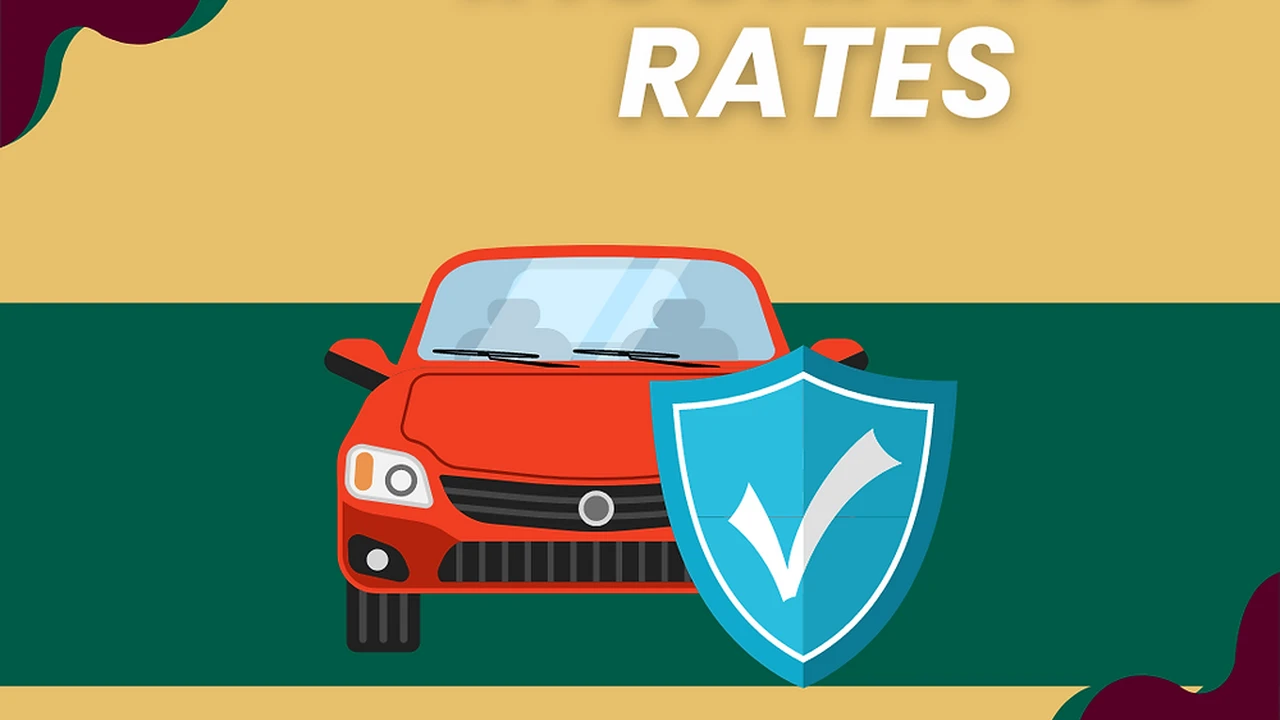Insurance Company Differences: Why Rates Vary So Much

Understanding the Landscape Car Insurance Companies and Rate Variations
Okay, so you're shopping for car insurance, and you're probably thinking, "Why does everyone charge different amounts for basically the same thing?" It's a valid question! The car insurance world is a complex place, and a ton of factors influence the rates you see. Let's break down why insurance companies don't all sing from the same price sheet.
How Underwriting Impacts Car Insurance Premiums Risk Assessment Explained
First off, it's all about risk. Insurance companies are essentially betting on how likely you are to file a claim. They use something called "underwriting" to assess this risk. Underwriting is basically a fancy way of saying they're analyzing your profile to see how much of a gamble you are. Things like your driving record (tickets, accidents – they see it all!), age, gender (yes, it still matters in some states), credit score (again, state-dependent), and even your job can all play a role.
Demystifying Actuarial Science and Its Influence on Car Insurance Pricing
Behind the scenes, there are actuaries – these are the math whizzes who crunch the numbers and figure out the probability of different events happening. They use historical data, statistical models, and a whole lot of coffee to predict how many accidents are likely to occur in a given area, and how much those accidents will cost. The more accidents they expect, the higher the rates will be.
Geographic Location and Car Insurance Costs Urban vs Rural Rates
Speaking of area, where you live makes a HUGE difference. If you live in a densely populated city with a lot of traffic, your rates will probably be higher than someone who lives in a small rural town. Why? More cars mean more chances of accidents. Plus, some areas are more prone to theft or vandalism, which also bumps up the cost.
Vehicle Type and Its Correlation to Car Insurance Rates The Impact of Car Model
The car you drive matters too! A sporty, high-performance car will likely cost more to insure than a sensible sedan. Insurance companies consider factors like the car's safety rating, its repair costs, and how often it's stolen. A flashy sports car is more likely to be involved in accidents and is also a more attractive target for thieves.
Coverage Options and Their Effect on Car Insurance Pricing Deductibles and Limits
The type of coverage you choose also plays a significant role. Liability coverage (which pays for damages you cause to others) is usually cheaper than comprehensive and collision coverage (which covers damage to your own car, regardless of who's at fault). And of course, the higher your deductible (the amount you pay out-of-pocket before insurance kicks in), the lower your premium will be.
Discounts Available and How to Maximize Savings on Car Insurance Bundling and More
Don't forget about discounts! Most insurance companies offer a variety of discounts, such as safe driver discounts, good student discounts, multi-policy discounts (bundling your car and home insurance), and even discounts for having certain safety features in your car. Be sure to ask about all the available discounts when you're getting quotes.
Company Overhead and Profit Margins How Insurance Companies Differ
Beyond the risk factors, insurance companies also have different overhead costs and profit margins. Some companies are more efficient than others, and some are willing to accept lower profit margins to attract more customers. This is why you'll see such a wide range of prices from different insurers.
Customer Service and Claims Handling How It Affects Your Car Insurance Experience
While price is important, don't forget about customer service and claims handling. A cheap policy might seem appealing, but if the company is difficult to deal with when you need to file a claim, it's not worth the hassle. Read online reviews and ask friends and family for recommendations to find a company with a good reputation.
The Role of State Regulations in Car Insurance Rates Mandates and Requirements
State regulations also play a role. Each state has its own minimum coverage requirements and regulations governing insurance companies. Some states have stricter regulations than others, which can affect the prices you pay.
Comparing Car Insurance Companies Detailed Analysis of Key Players
Let's look at a few examples of how different companies stack up. (Remember, prices can vary widely based on individual circumstances, so these are just general observations.)
Product Recommendations: Car Insurance Options and Their Features
Progressive Snapshot
Progressive's Snapshot program monitors your driving habits using a device or a mobile app. If you're a safe driver, you can save money on your premium. This is great for people who drive conservatively and want to be rewarded for it.
Use Case: Ideal for drivers who primarily drive during off-peak hours and avoid risky behaviors like hard braking or speeding.
Price: Savings vary, but some drivers report saving hundreds of dollars per year.
State Farm Drive Safe & Save
Similar to Progressive's Snapshot, State Farm's Drive Safe & Save program uses telematics to track your driving. However, it also offers discounts for things like vehicle safety features and defensive driving courses.
Use Case: Suitable for families with multiple drivers and vehicles, as it can track all driving habits and offer potential discounts for the entire household.
Price: Discounts vary, but can be significant for safe drivers.
GEICO DriveEasy
GEICO's DriveEasy is another telematics-based program that rewards safe driving. It focuses on factors like speeding, hard braking, and distracted driving. It's a good option for drivers who want to actively improve their driving habits and save money in the process.
Use Case: Perfect for new drivers or those who are conscious of their driving habits and want to ensure they are as safe as possible.
Price: Discounts depend on driving performance, but generally good drivers see a substantial discount.
Comprehensive Car Insurance Comparison Progressive vs State Farm vs GEICO
So, which one is best? It really depends on your individual needs and preferences. Progressive is known for its competitive rates and easy-to-use online tools. State Farm has a strong reputation for customer service and a wide range of coverage options. GEICO is another popular choice, offering affordable rates and a variety of discounts. Ultimately, the best way to find the right car insurance company is to get quotes from several different insurers and compare their prices, coverage options, and customer service ratings.
Understanding Car Insurance Costs Real-World Examples and Price Variations
Let's say you're a 30-year-old male living in a suburban area with a clean driving record and a 2020 Honda Civic. You might get quotes ranging from $800 to $1200 per year for basic coverage. Now, let's say you're a 20-year-old male living in a city with a couple of speeding tickets and a 2015 sports car. Your quotes could easily be $2000 or more per year.
Tips for Lowering Your Car Insurance Rates Practical Strategies
Here are a few things you can do to lower your car insurance rates:
- Shop around and compare quotes from multiple insurers.
- Increase your deductible.
- Take a defensive driving course.
- Maintain a clean driving record.
- Bundle your car and home insurance.
- Ask about all available discounts.
Future Trends in Car Insurance Telematics and Usage-Based Pricing
The future of car insurance is likely to be more personalized and data-driven. Telematics and usage-based pricing will become increasingly common, allowing insurers to offer more accurate and customized rates based on individual driving habits.
:max_bytes(150000):strip_icc()/277019-baked-pork-chops-with-cream-of-mushroom-soup-DDMFS-beauty-4x3-BG-7505-5762b731cf30447d9cbbbbbf387beafa.jpg)






